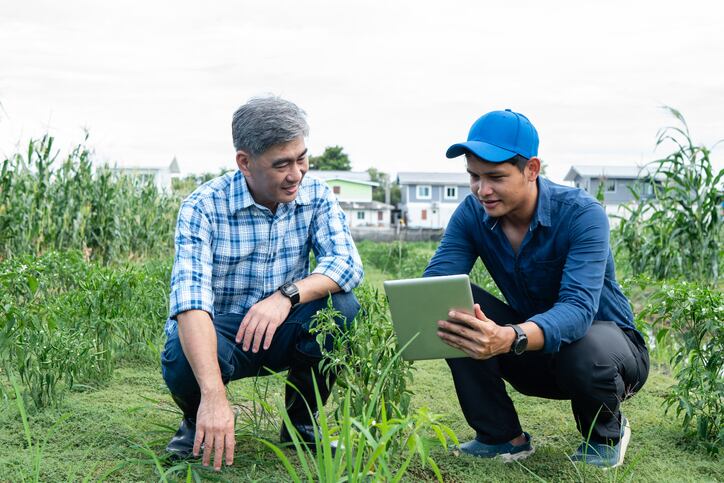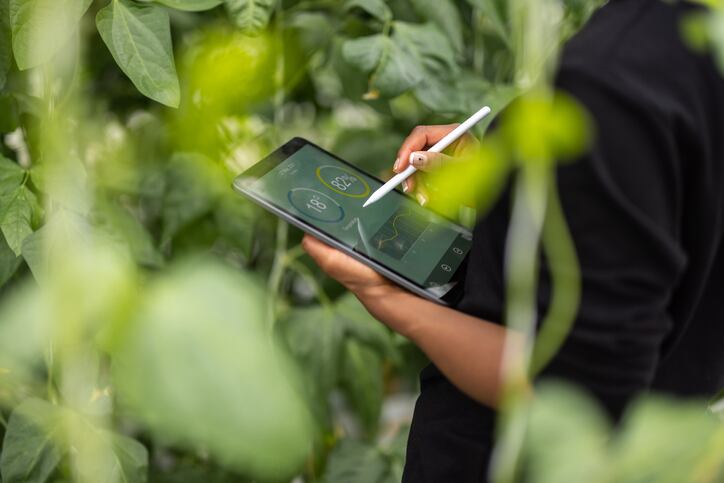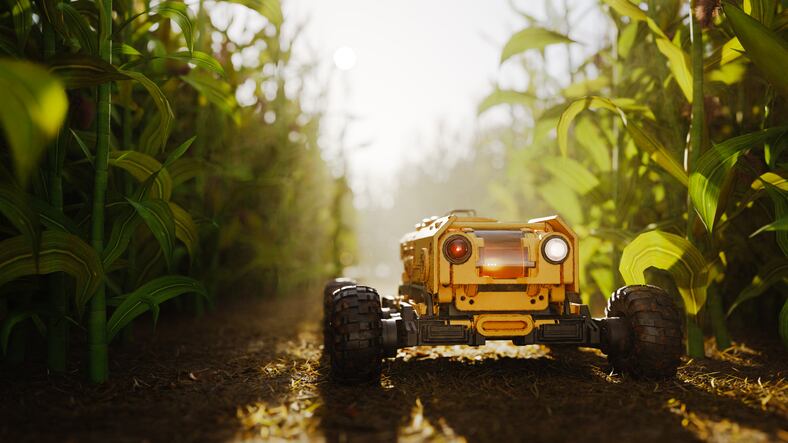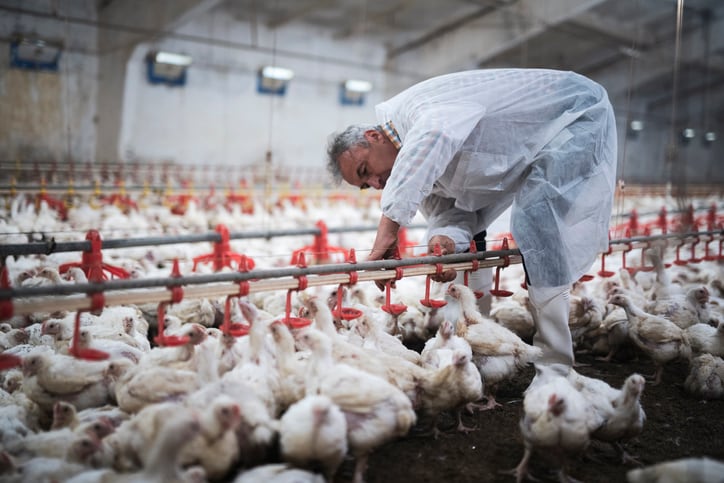Various companies are using these cutting-edge technologies, crafting advanced software solutions to reshape the field of agronomy. One is Tel-Aviv, Israel-based start-up Agmatix. Its software-as-a-service (SaaS) platform aims to convert agronomic data into new layers of knowledge for users to turn into actionable insights at field level.
Via this approach, Agmatix aims to crack the long-standing problems faced by growers – the lack of data standardisation – to improve agricultural practices, crop yields, nutritional quality, and promote sustainable agriculture.
Last month Agmatix revealed the results of work with a global plant protection company that was facing challenges in annual planning, data preservation, and knowledge sharing. According to Agmatix, thanks to its platform the company was able to drastically improve its trial management approach and achieve a 20% increase in operational efficiencies.
This 20% increase holds promise for the broader agricultural industry, the company claims. Streamlined processes, accelerated product development, and enhanced data analytics not only benefit individual companies but collectively contribute to sustainable agriculture, improved crop yields, and industry-wide innovation. This is crucial, it says, after a year when the agricultural industry faced challenges from extreme weather to supply chain issues.
The role played by Gen AI, or generative AI, is therefore likely to be one of the most significant trends of 2024, which he calls a pivotal year for agtech, predicts Agmatix CEO Ron Baruchi. “The potential of gen AI on the global economy is already being calculated in trillions of dollars,” he said. “There is a historic opportunity to optimise processes, cut costs, and importantly, fuel innovations through improved modelling to fuel decision-making.”
These tools enhance crop management by analysing big agronomic data, providing AI-supported insights to optimise production practices, explained Baruchi. “This helps farmers understand patterns affecting the performance of crop varieties and production on their specific farms, and tracks climate trends to help farmers become more resilient to the changing climate.”
Using digital twins to optimise field trials
A key 2024 trend is expected to be increased integration of digital twins into field tests and field test planning, he reckons. A digital twin is a digital model or a virtual representation of an actual physical product, system, or process. Companies are already using gen AI through digital crop advisors, allowing agronomists to distill agronomic data into actionable recommendations for farmers.
Digital twins further allow researchers and designers to experiment “as though they were handling its physical counterpart”. Importantly, this can help reduce the need for expensive and time-consuming field trials. On average, the process of generating real-world data involves more than 150 studies and over 11 years to register a new active ingredient, according to data from Phillips McDougall (now part of S&P Global). From 2010-14, developing a new crop protection product cost around US$286 million, of which US$47 million (around 16%) was budgeted for field trials.
What’s more, synthetic data can also enhance the performance of digital twins, believes Baruchi. “Based on real-world data, synthetic data can supplement data gaps, significantly reducing the time, cost, and effort in bringing new agricultural products to market.
“These tools provide a competitive edge for agricultural input suppliers seeking regulatory approval, or seed companies that rely heavily on experimentation to improve their seed genetics.”
Technical innovation in regenerative agriculture
To address the challenges of climate change and feed a global population of over 8 billion, many regard regenerative agriculture as vital. But with no formal agreed definition, there are fears the term is nothing more than buzzword and a form of greenwashing. There are also calls for the carbon credit market to be improved to make regenerative practices more accessible for farmers. The science is also still out on the credibility of the environmental benefits of regenerative agriculture.
Greater technical innovation and research into regenerative agriculture will continue over the coming year to counter these problems, expects Baruchi. Essentially mimicking natural process and biodiversity on agricultural land, the ultimate aim of regenerative agriculture is to improve soil health in order to boost yield, he says. Digital tools using accurate, up-to-date data to create tailored regenerative agriculture solutions, can therefore help. “These consider soil conditions, weather conditions, microclimates, and current crop growth or land use, as well as individual budgets and local regulations,” he said.
“Platforms offering site specific data will likely reign supreme in 2024. A view of sustainability that extends beyond simple carbon metrics and one-size-fits-all solutions is necessary and will enable the establishment of realistic, actionable objectives for growers, promoting sustainability and formulating strategies tailored to local environments.”
Managing data with advanced cloud solutions
Improved cloud performance will likewise bring benefits. Innovation in agriculture is often data-dependent and the cloud gives researchers the ability to collate, manage, and extrapolate information from data in a way that was “previously unimaginable”, said Baruchi.
Anticipated growth in farm data emphasises the transformative impact. The IDC, for one, has estimated that by 2036 the amount of data collected on the farm will increase by more than 800%. Cloud tools enabling real-time access to field trial data reduces trial duration and cost, and the volume and scope of trials can be increased, explained the Agmatix CEO.
“Cloud applications span every aspect of agriculture, optimising crop management, soil insights, multi-season crop monitoring and analysis, and leveraging local knowledge for decision-making. Cloud-based solutions foster collaboration between researchers, agronomists, and farmers, providing R&D companies with an efficient, cost-effective and scalable solution.”
Innovation across the agricultural spectrum
Climate-resilient crop development, often assisted by AI software, is another area that will witness progress, predicts Baruchi.
He concluded that at the farm level, digital technologies are empowering farmers to process and use the data they collect. “Agtech solutions can help farmers and agronomists measure and demonstrate the return on investment of agricultural technologies,” he said. “Amidst global challenges, stakeholders using AI and machine learning will drive unprecedented innovation in food production.”
Agriculture’s innovative history is turning towards sustainability and environmental protection, marking a “transformative era”, he said.





